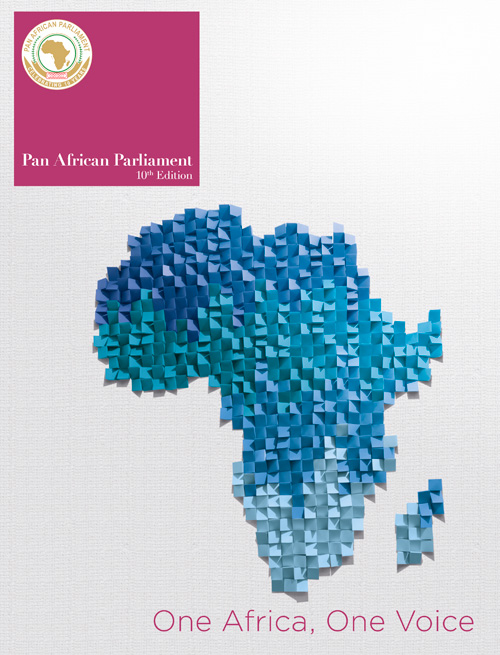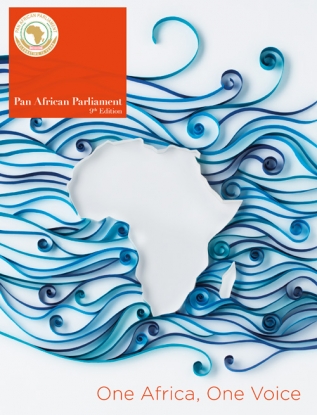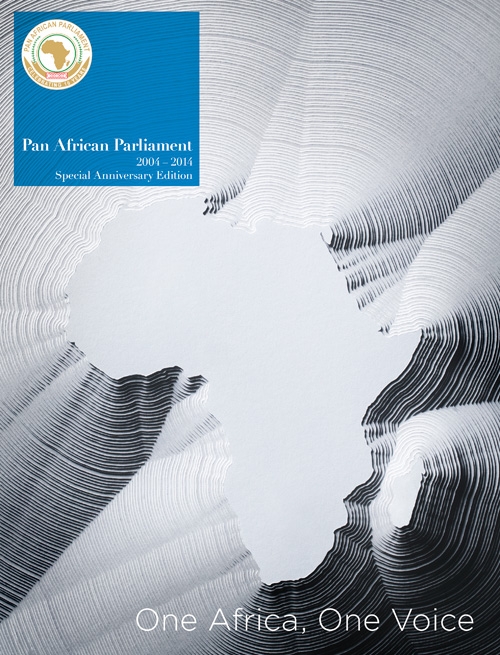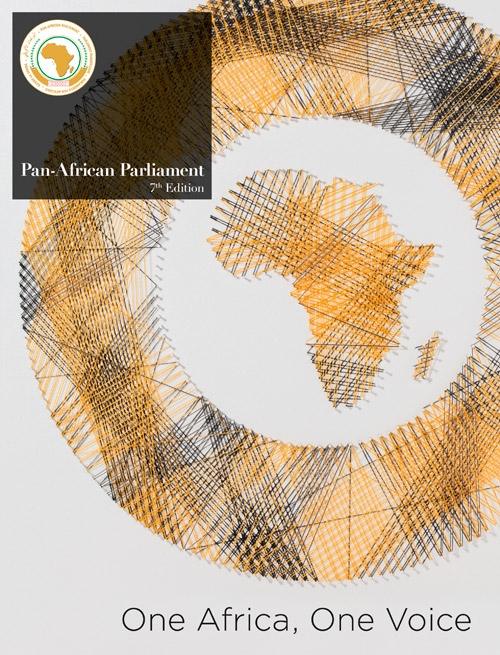
The number of stock markets in Africa is growing. Bond markets are becoming more established, while domestic commercial banks are growing stronger and foreign global banks are increasing their operations across the continent.
This escalation in financial market activity is linked to Africa’s economic growth rates, which are among the highest in the world. According to the Organisation for Economic Co-operation and Development’s 2013 African Economic Outlook, which presents the current state of social development on the continent, Africa’s average growth rate was 4% last year while the global economy stood at 3%. Africa’s growth is expected to remain favourable as it is forecast to reach 5% to 6% by 2015.
A deep, strong and mature financial sector is crucial to a successful economy. It allows entrepreneurs and larger companies access to capital to grow their businesses, pools savings efficiently, minimises financial risk and lowers the cost of transactions. Stock markets, in particular, play a crucial role in economic development by improving domestic savings, mobilising resources and attracting foreign direct investment.
According to the African Development Bank (AfDB) in its publication titled Financing Africa Through the Crisis and Beyond: ‘Cautious hope is in the air for finance in Africa. A deepening of financial systems can be observed in many African countries, with more financial services, especially credit, provided to more enterprises and households.’ After a peak of crises in the 1980s, the African banking sector is now stable, the AfDB says. ‘On average, banks in Africa are well capitalised and liquid.’
The bank does point out, however, that the continent’s financial systems still face problems of scale, volatility and liquidity. Nevertheless, progress is being made.
In 1960, there were only five African stock markets. This number had risen to 18 by 2002. Now there are 28 stock exchanges across Africa, ranging from start-ups in Zambia and Uganda, to the more established Nigerian and Johannesburg stock exchanges, says Zeenat Patel, technical investment specialist at asset management company Investment Solutions. This includes two regional exchanges, one serving West Africa and the other in Central Africa.
Bourse Régionale des Valeurs Mobilières, an exchange based in Abidjan, Côte d’Ivoire, operates in that country as well as Benin, Burkina Faso, Guinea-Bissau, Mali, Niger, Senegal and Togo. Bourse Régionale des Valeurs Mobilières d’Afrique Centrale – the Central African exchange – is located in Libreville, Gabon. It links the Central African Republic, Chad, Congo, Equatorial Guinea and Gabon. Plans are in place for exchanges to be created in Angola, Sierra Leone and The Gambia, says Patel.
While many of these stock exchanges are far from mature, ‘the growing number of companies being traded on them is a bellwether of progress being made on the continent’, the American Outlook journal stated in its spring 2014 issue titled Africa Rising. ‘As investors from Brazil, China, the Middle East and increasingly the West consider sub-Saharan Africa as part of their portfolio, African countries have risen to the challenge by developing more sophisticated financial systems to accommodate investments.’
Patel says many of these stock markets have performed well compared to global indices, with the Malawi Stock Exchange the best performer for 2013.
While the market capitalisation as a percentage of GDP – an indicator of financial market development – was still fairly small in many African economies, the ratio was improving, says Patel. Many stock markets on the continent are very illiquid and thinly traded, but Patel points out that when South Africa entered global markets after it achieved democracy in 1994, its liquidity grew substantially. ‘With increased interest in Africa, we could see this improvement in other markets as well.’
Traditionally, African countries have relied on the banking system to finance economic growth, according to Jeevita Matadeen in a paper presented to the Centre for the Study of African Economies in March this year.
But increasingly, companies are turning to the stock markets to finance growth, says Matadeen, adding that ‘stock market development does not substitute banking development – quite on the contrary, they complement each other’.
In an analysis of African countries, Matadeen’s paper found that: ‘Stock market development plays an important role in generating gains in terms of economic growth both in the short run and in the long run. Indeed, it is expected that the growth of stock markets can stimulate economic growth in Africa.
‘Stock markets induce an upsurge in domestic savings, leading to an increase in both domestic and foreign investments, while simultaneously improving the quality of such investments.’
Given the importance of financial systems to the continent’s development, the AfDB has set up the Making Finance Work for Africa (MDW4A) Partnership, an initiative that supports ‘the efforts of African countries to accelerate economic growth and reduce poverty by promoting financial sector development. This is based on the understanding that the financial sector is a key driver of private-sector investment, employment generation and economic growth’.
The initiative stated that to succeed in making finance work for Africa, some measures that require focus include the need for the integration of Africa’s financial markets infrastructure; greater trading volumes; currency convertibility between countries; and the development of credible data. In this way, Africa can benefit from the shift of global economic and financial power to the South and East, according to the AfDB.
The strengthening of financial institutions is crucial
In the MDW4A’s flagship publication, Financing Africa Through The Crisis And Beyond, the AfDB says that 20 years ago, ‘financial system development was an afterthought in the mind of a development economist designing a policy agenda. Today, financial sector policies have become a centrepiece in the debate on how to foster growth in low-income countries, reduce stark poverty levels and ultimately contribute to the achievement of the Millennium Development Goals’.
The PAP and its partners have said that post 2015, when the Millennium Development Goals expire, Africa will face the challenge of how to fund its development through its own initiatives, while relying less on aid.
This was the major focus of a March 2013 paper titled Structural Transformation and the Challenge of Financing Africa’s Development Post-2015, a narrative developed from discussions at a meeting organised by the PAP, the United Nations Millennium Campaign, the Association for Co-operative Operations Research and Development, UNDP, Tax Justice Network-Africa, Third World Network-Africa and Christian Aid.
Among the initiatives discussed was the need for Africa to put in place measures to find innovate ways to harness remittances and plug illicit financial outflows.
The discussion found that Africa requires ‘immense’ resources to finance a ‘post-2015 sustainable development agenda of zero extreme poverty, where no one is left behind, under conditions of minimal social disparities and environmental damage’.
The scale of funding required needs better mobili-sation of domestic resources based on growing, diversified economies able to deliver ‘decent incomes, higher aggregate savings and larger tax revenues’. These will be assisted by a well-developed financial sector.
The paper also points out that there is a need to resolve the tension between the term approach to domestic financial sector development, which focuses on banks and attracting short-term external capital such as aid and portfolio flows, and long-term capital formation. The latter includes institutions such as pension funds, life insurance and development banks, which all play an important role in financial stability and economic growth.
Another issue needing to be dealt with, according to the paper, is curbing illicit financial flows out of Africa. This refers to money that is illegally or illegitimately earned, through activities such as drug trafficking, illegal weapon sales and the trafficking of women and children. Money earned through bribes and kickbacks is also viewed as illicit. Illicit outflows from Africa totalled an estimated US$854 billion to US$1.8 trillion between 1970 and 2008.
‘If this staggering loss of capital [had] been retained in the continent, most African countries could have paid off their outstanding external debt and still held surpluses for economic development and service provision,’ the paper stated. Improved regulation of financial systems could help stem these illicit outflows.
As Africa’s financial sector continues to improve, it could also help better channel remittances, which make a huge contribution to the continent’s economies with some US$32 billion, or about 2% of African GDP, sent home in 2013. By 2016, the amount is expected to be US$41 billion, according to the London-based Overseas Development Institute.
While most remittances are used to finance household consumption, some of this money is starting to fund investment. Financial institutions can also play a role in reducing the very high cost of remittance transfers. This is starting to happen, with the likes of Visa using mobile technology to reduce transfer charges.
As the paper states: ‘There is a role for partnerships – across transnational banking institutions, money transfer companies, financial regulatory institutions and govern-ments – to shape the remittance industry to support Africa’s transformation agenda.’
The strengthening and deepening of financial institutions and systems across the continent is crucial as it will have a ‘pro-poor’ effect, according to the AfDB.
‘Ultimately, financial deepening and broadening can contribute to Africa’s move out of poverty and low-income status toward middle-income and emerging market status,’ says the bank.







